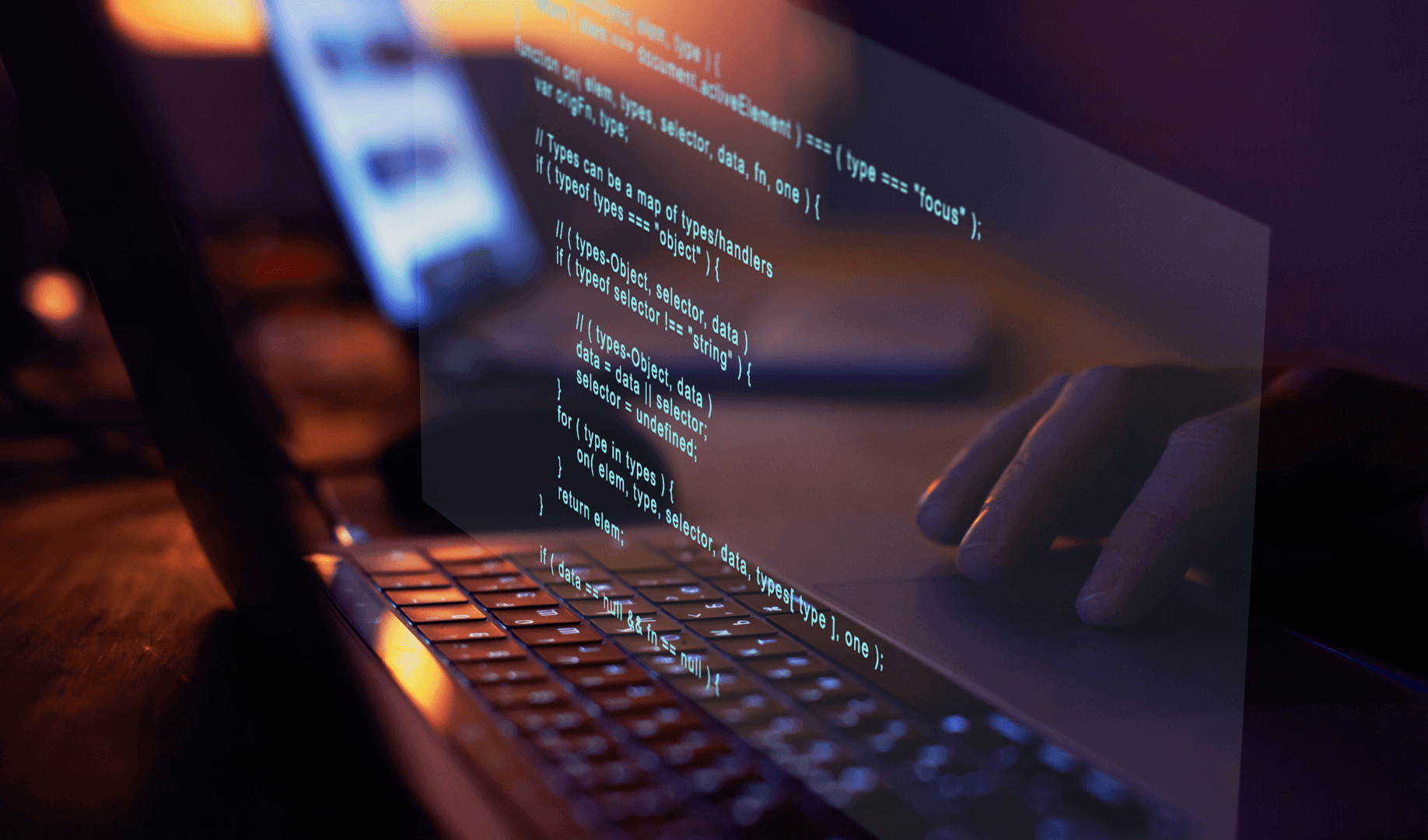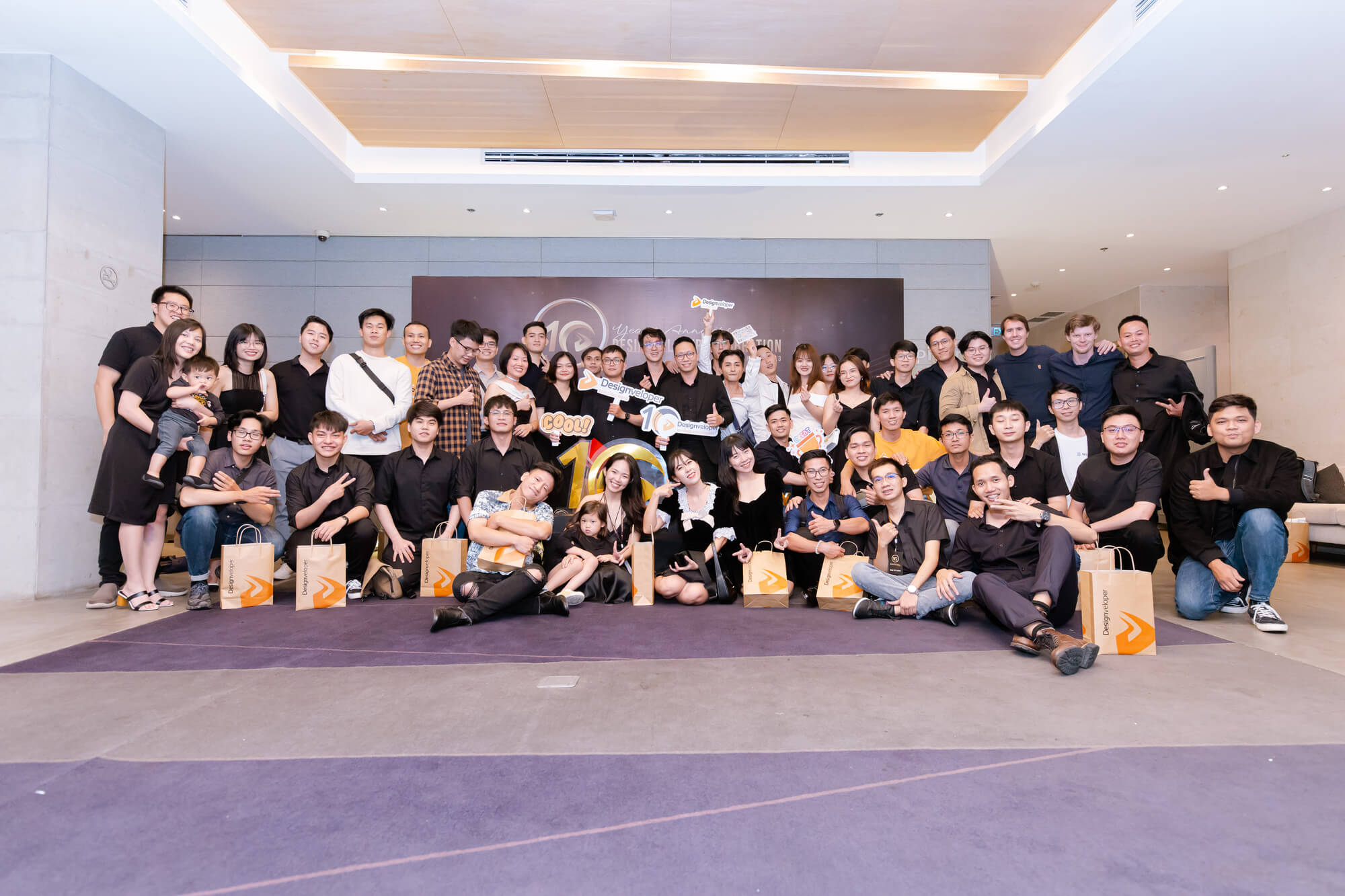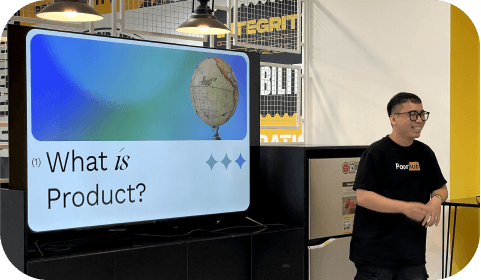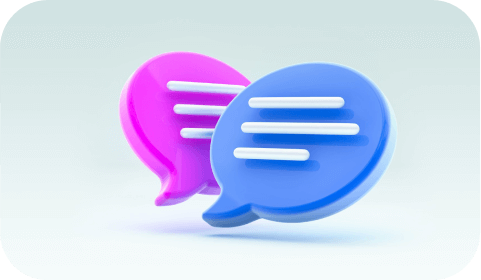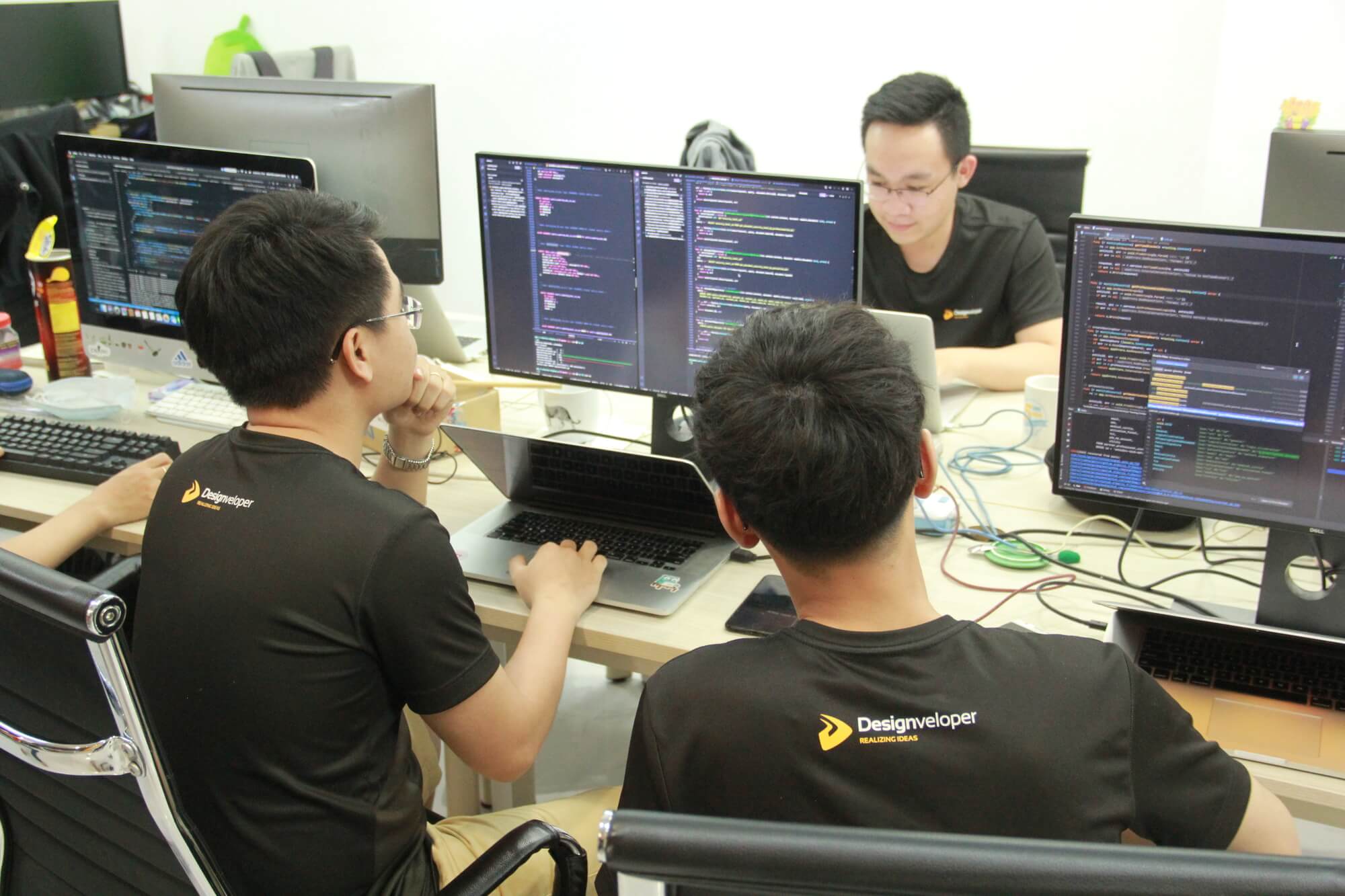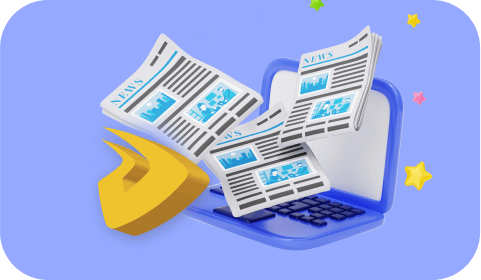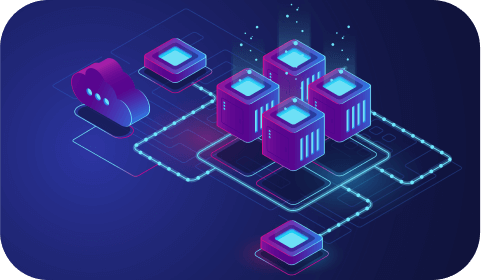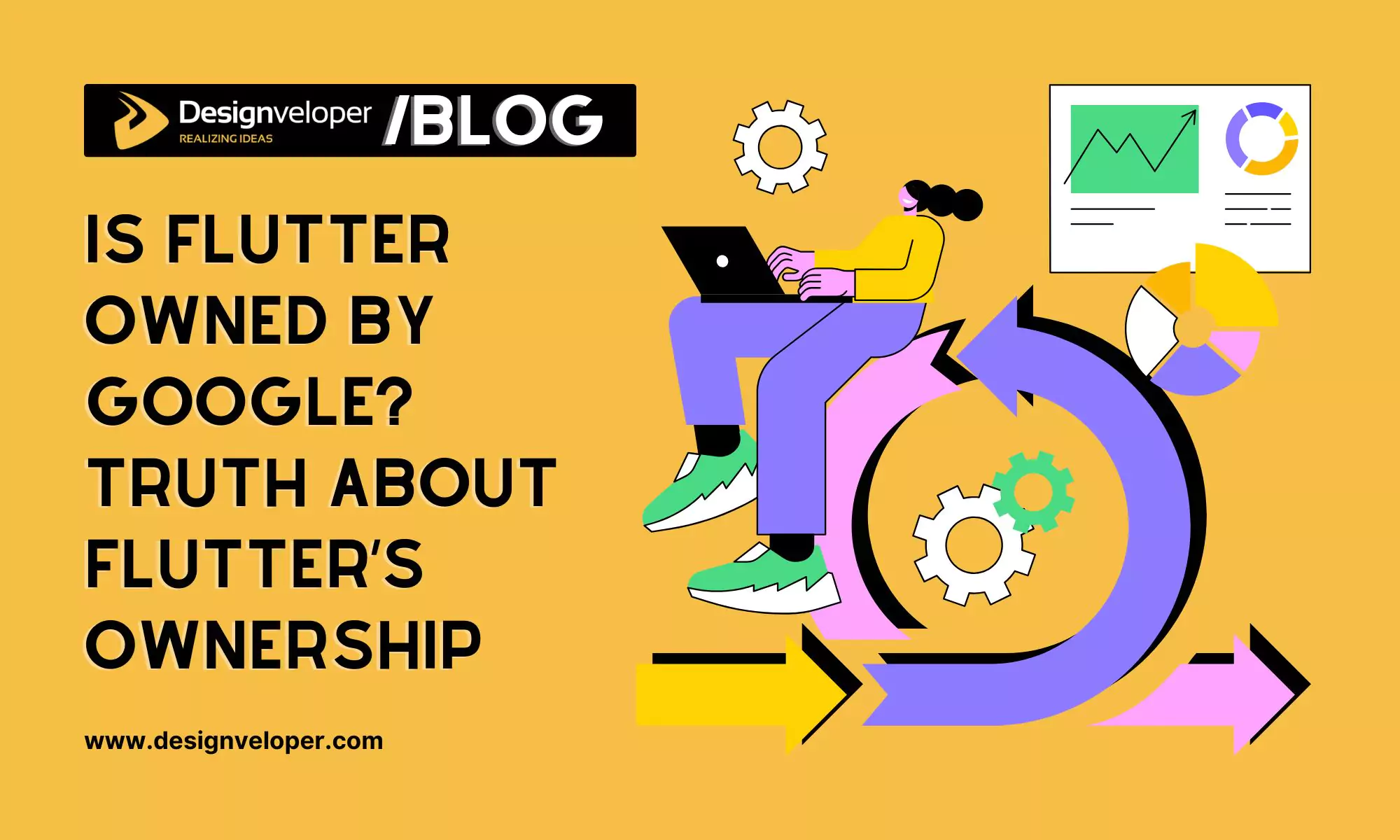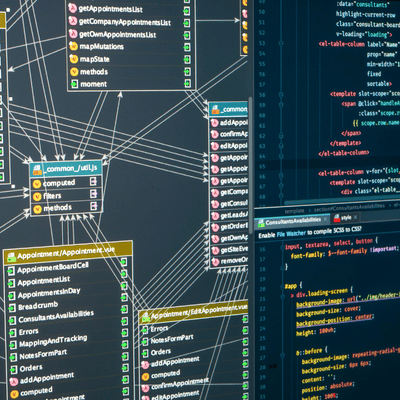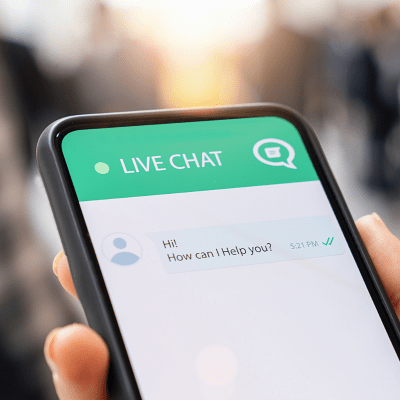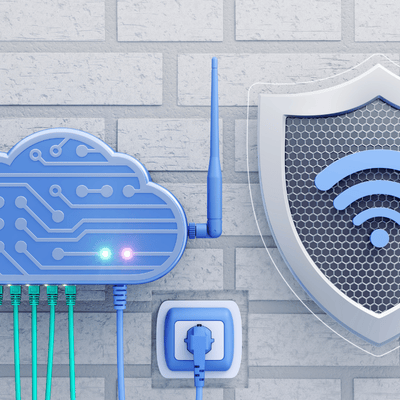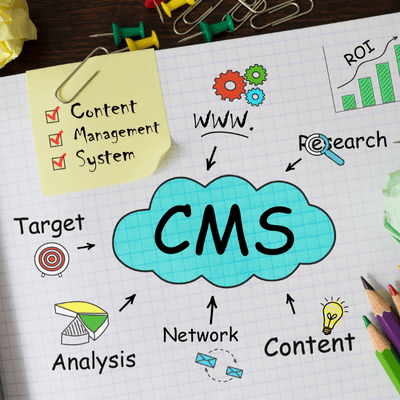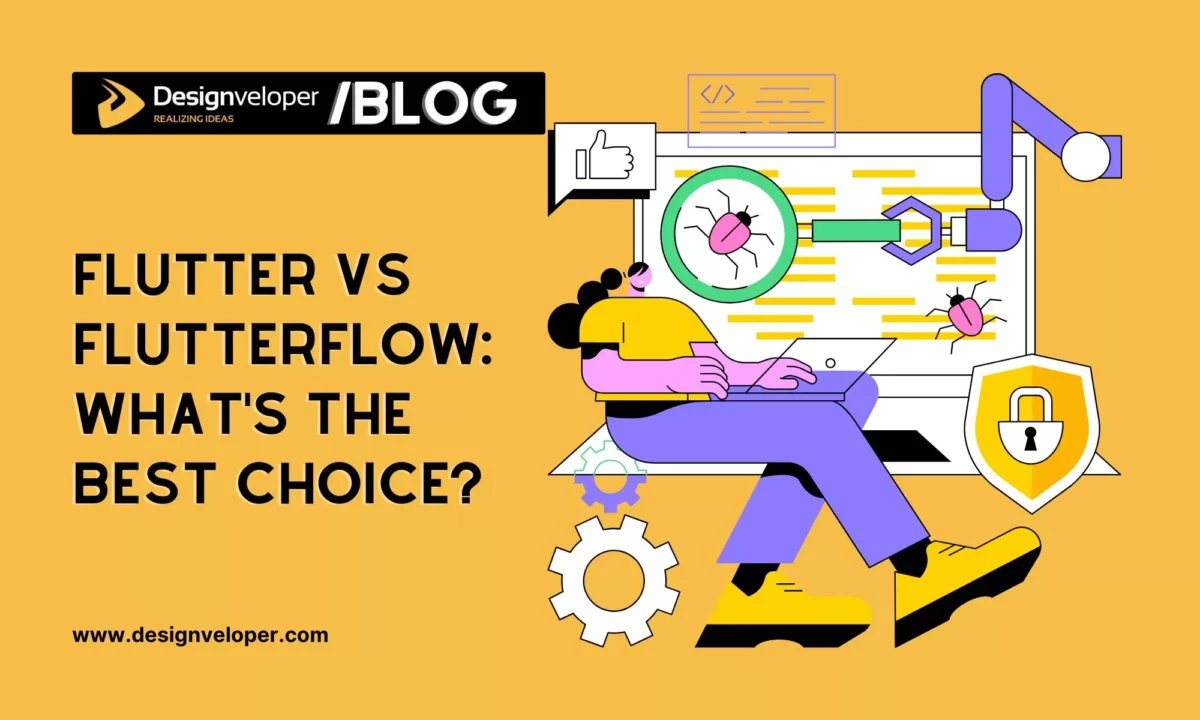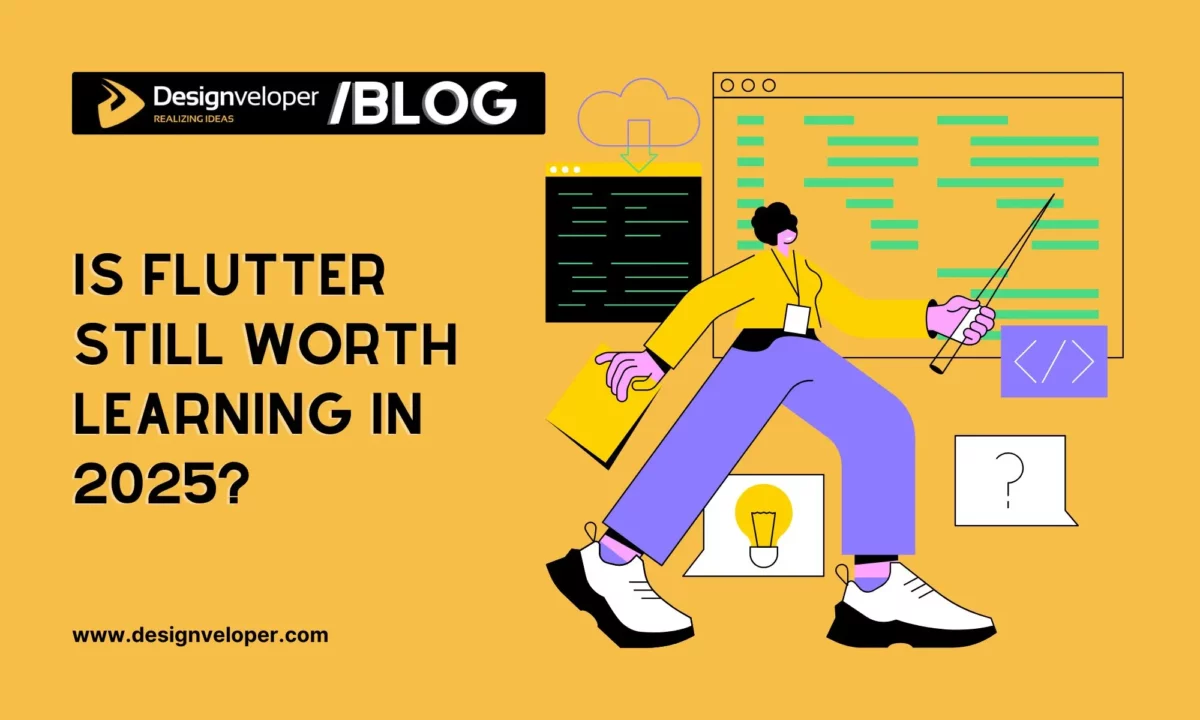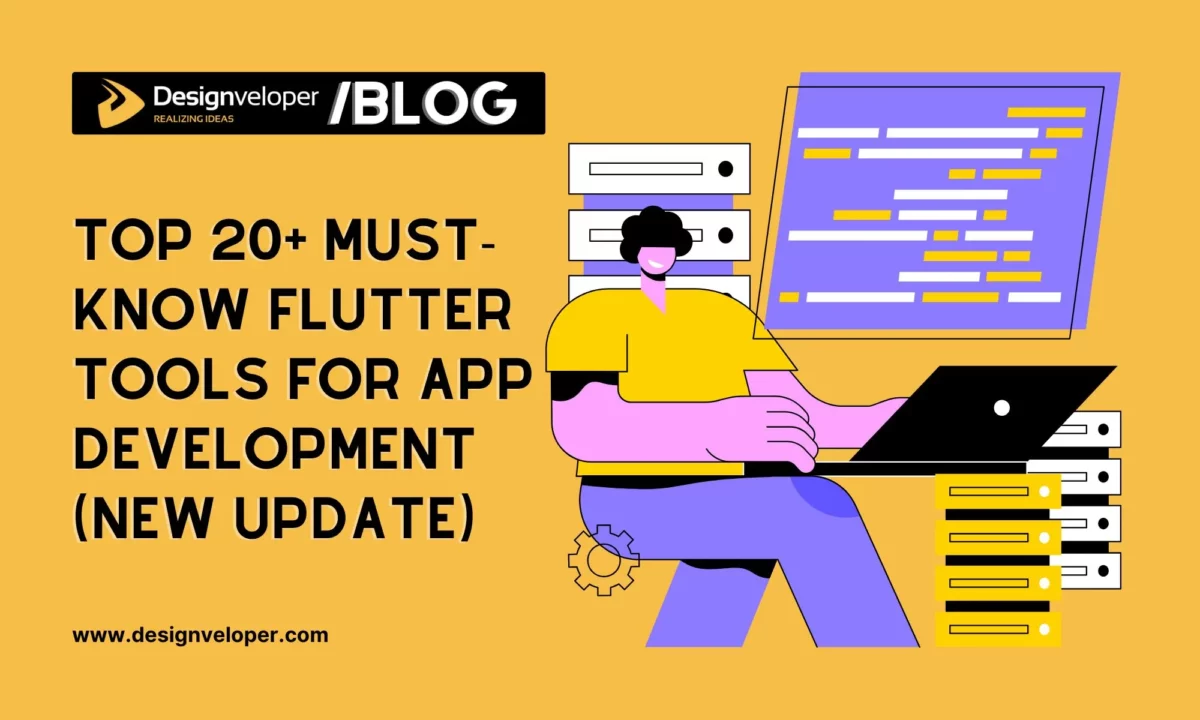
Flutter is Google’s open-source toolkit for building high-performance applications for iOS, Android, the web, desktop, and more. People often ask, “Is Flutter owned by Google?” The answer involves unravelling the history, license and community of Flutter. In short, Google developed and sponsors Flutter, but Flutter is published as a permissive open-source project. Google is at the forefront of developing it, but anyone can use or contribute to the code of the Flutter. Below we explain the origin of Flutter, Google’s role, and how it’s open-source impacts “ownership.”

A Brief History of Flutter
Flutter began as a Google experiment. The project started around 2014 under the codename “Sky” to run on mobile devices. In 2017–2018, Google’s team built on this work and unveiled Flutter as a cross-platform app toolkit. Key milestones include:
- 2018: Flutter 1.0 (stable) launched on Dec 4, 2018.
- 2021: Flutter 2.0 released on Mar 3, 2021.
- 2023: Flutter 3.0 released on May 10, 2023.
Each release increased the reach of Flutter (Flutter 2 introduced full web and desktop support). Flutter’s adoption has increased dramatically over time. In May 2023, Google announced that “more than one million apps have been shipped using Flutter” on hundreds of millions of devices. According to Flutter’s leadership in 2024, Flutter has over 1 million monthly active developers, and Flutter is used in nearly 30% of new iOS apps. These numbers reflect Flutter’s growth from a Google prototype to a mainstream framework.
Google’s Role in Flutter’s Development
Google is deeply involved in Flutter. Google designed and funded the project’s core, and its engineers drive most development. In fact, Flutter’s own documentation notes that “the bulk of the development is done by engineers at Google”. The official Flutter website proudly states that Flutter “is supported and used by Google” and is maintained by a global community of developers. In practice, this means Google continues to provide resources (engineers, infrastructure, and updates) for Flutter, while inviting external contributors.
Google products frequently appear in Flutter promotional materials (e.g., the official Flutter 2 announcement image above has the Google Pay logo). This is because Flutter is sponsored by Google: it’s listed on Google’s open source project site, and its code is published under the permissive BSD 3-clause license. A BSD license means that the code is open source (not proprietary) and Google has released it. Official documentation is clear that Flutter is an open project: Google clearly states that Flutter is “a project with contributions from Google and other companies and individuals”, and that Google supports it as part of its larger developer ecosystem. In summary, Flutter is an open-source project that was initially developed and is still led by Google, but with many partners.
Is Flutter Owned by Google?
The simple answer is no, not in a proprietary sense. Flutter is not a closed, Google-owned property. Legally, Flutter’s ownership is shared under open-source terms. Google itself calls Flutter “an open source project”. The code is hosted publicly on GitHub and is licensed under the BSD 3-clause license. That license lets anyone use, modify, and distribute Flutter’s code with minimal restrictions. Google can’t exclusively “own” Flutter’s source in the way it owns products like Gmail or Android (those are proprietary). Instead, Flutter’s ownership is communal: Google stewards the core, but developers worldwide also shape it.
Importantly, Google’s role does not mean exclusive ownership. Flutter’s FAQ explicitly says it is “an open source project, with contributions from Google and other companies and individuals”. This means that any company or person can legally contribute code, use Flutter, or fork it. Flutter is managed by Google, who provide it with direction and resources, but no single entity has unilateral control over the code. The BSD license guarantees that: Google gave everyone a license to the source of Flutter.
Therefore, the answer to “is flutter owned by google” is a bit complicated: Flutter originated at Google, but it is not Google’s proprietary technology. Google maintains it and makes big decisions, but since the project is open source, the community at large “owns” it as much as Google does.
Flutter as an Open-Source Project
Flutter is fully open source. The Flutter team says it loud and clear, “Yes, Flutter is open source technology. The project is available on GitHub. All the source code of Flutter is open source. The license of Flutter is BSD 3-clause and it’s a permissive license, meaning that Google wants you to use and contribute freely. Google also welcomes outside assistance: the official docs state, “Flutter is an open source project that benefits from community contributions.” In other words, Flutter was built by Google but it is expected and welcomed by Google for developers worldwide to make it better.
The community-based nature of this is compelling. By the end of 2024, Flutter had more than 1,400 contributors contributing to its codebase, and an ecosystem of 50,000+ packages (reusable libraries) developed by developers worldwide. Flutter is one of the top-5 open source projects by contributions on GitHub. These numbers demonstrate that Flutter is not just a project of Google engineers, but a project of a global community. Many of the major features and bug fixes are contributed by third-party developers.
In short, Flutter is like any other open-source project. Its development and governance is transparent, and Google has transferred ownership rights so that the community can join in. Anyone can check out the source, file issues, or submit pull requests. This collaborative model is one of the reasons for the rapid growth of Flutter.
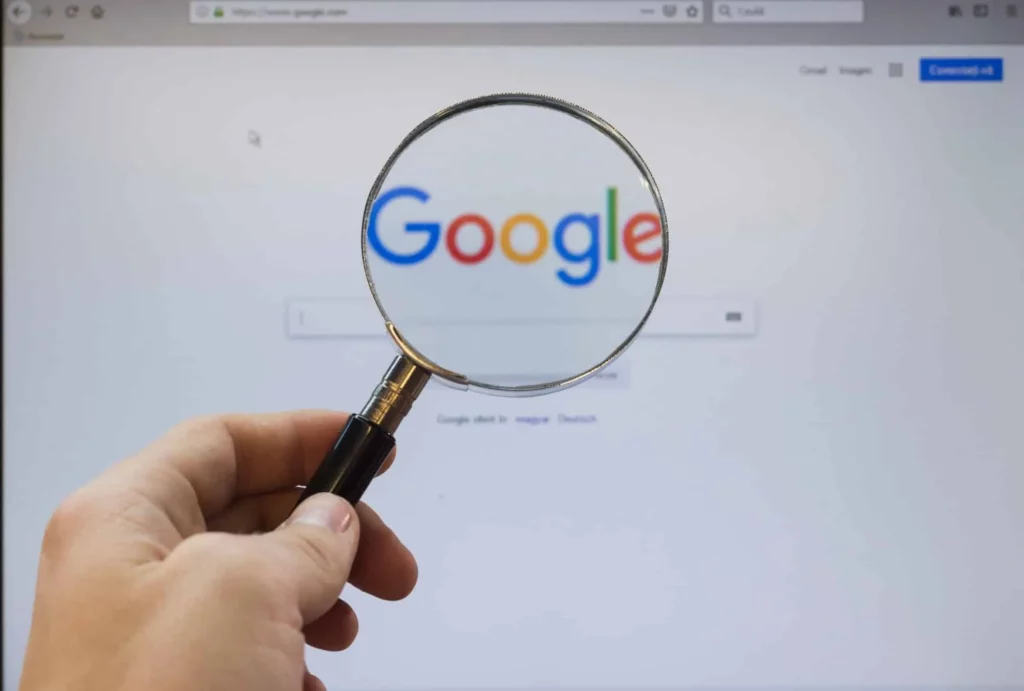
FAQs About Flutter and Google
Why does Google support Flutter for free?
Google’s support for Flutter is not a charitable act, it’s a strategic move. Flutter helps Google to achieve its developer-platform goals. Google officially describes Flutter’s mission as enabling developers to create great apps faster. For example, Google says that the goal of Flutter is to help developers reach all customers with great apps “with lower cost and in less time”. In practice, this makes it easier for apps to be written once (in Flutter and Dart) and deployed everywhere, which is in line with Google’s interest in having more apps on its platforms.
Another is synergy in ecosystems. Flutter was built to seamlessly integrate with Google services. The Flutter site states: “Flutter is seamlessly integrated with Google’s app development ecosystem.” In concrete terms, apps built with Flutter can easily use the services of Firebase (Google’s backend services), Google Ads, Google Maps, Google Pay, etc. By making Flutter freely available, Google encourages developers to use its tools and services. In effect, supporting Flutter for free is helping Google grow its overall platform – Flutter is a gateway to Google’s cloud, analytics, and monetization products.
So yes, Google supports Flutter for free, but it gets in return to strengthen the developer ecosystem around its products. The regular updates and events of Flutter (such as Flutter Engage or announcements at Google I/O) demonstrate Google’s commitment. In summary, Google invests in Flutter to attract developers and make their app development process more efficient, not to hold a proprietary product over them.
Does Google use Flutter internally?
Absolutely. Google not only built Flutter, it uses Flutter itself. Several Google products and teams have adopted Flutter in production:
- NotebookLM (Google Labs): Google’s own AI-powered note-taking app (NotebookLM) launched mobile apps built with Flutter.
- Google Cloud apps: The Google Cloud team migrated its mobile apps to Flutter to share a single codebase across platforms.
- Google Pay: Google’s payments app was rewritten in Flutter. The Flutter showcase reports that after migration, Google Pay’s codebase shrank and engineering time dropped ~60–70%.
- Google Ads and others: A Flutter blog post from 2018 noted that teams across Google (for example, AdWords/Google Ads) have built successful apps using Flutter with millions of installs.
These examples show that Google is not just the creator but also a user of Flutter. Google’s own engineers rely on it for internal projects, benefiting from the shared codebase and fast development. The answer is clear: Flutter is very much used inside Google.
Conclusion
Flutter thrives because it is open source and community-driven, while Google funds and stewards the roadmap. That balance makes teams confident about long-term bets on the stack. For anyone still wondering is flutter owned by google, the practical takeaway is simple: Google leads the project, the BSD license keeps it free, and your product remains yours.
At Designveloper, we turn that clarity into delivery. We design, build, and scale Flutter apps for startups and enterprises across ASEAN and beyond. Our team covers the full cycle: discovery workshops, UX/UI design, Flutter development, QA automation, performance tuning, and long-term maintenance.
We focus on outcomes. Additionaly, we ship fast with a shared codebase for iOS, Android, web, and desktop. We also set up CI/CD pipelines, run automated tests, and keep releases predictable. Finally, we integrate analytics from day one, then iterate with data.
Our Flutter services include:
- Greenfield development: MVPs and production apps using Dart, Flutter, and state management patterns like BLoC or Riverpod.
- App modernization: Kotlin/Swift/React Native to Flutter migration with feature parity and performance audits.
- Cloud and data: Firebase and Google Cloud integration (Auth, Functions, Firestore, Cloud Run) plus payments, maps, and push.
- Reliability engineering: Crashlytics/Sentry, golden tests, integration tests, and release automation with Fastlane.
- Product growth: A/B testing, in-app experiments, and store optimization.
We also help teams choose the right architecture. We document coding standards, review pull requests, and mentor in-house engineers. After launch, we monitor stability, improve cold-start times, and cut bundle size without losing features.



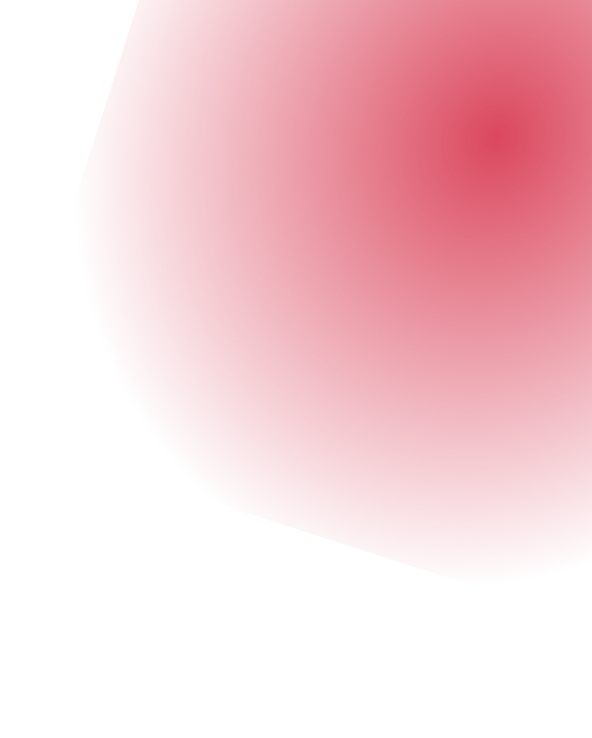
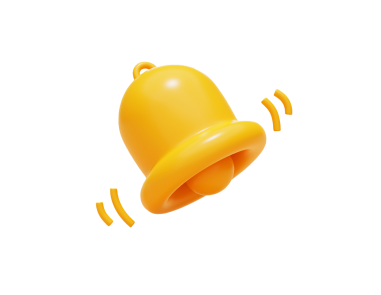

Read more topics

















